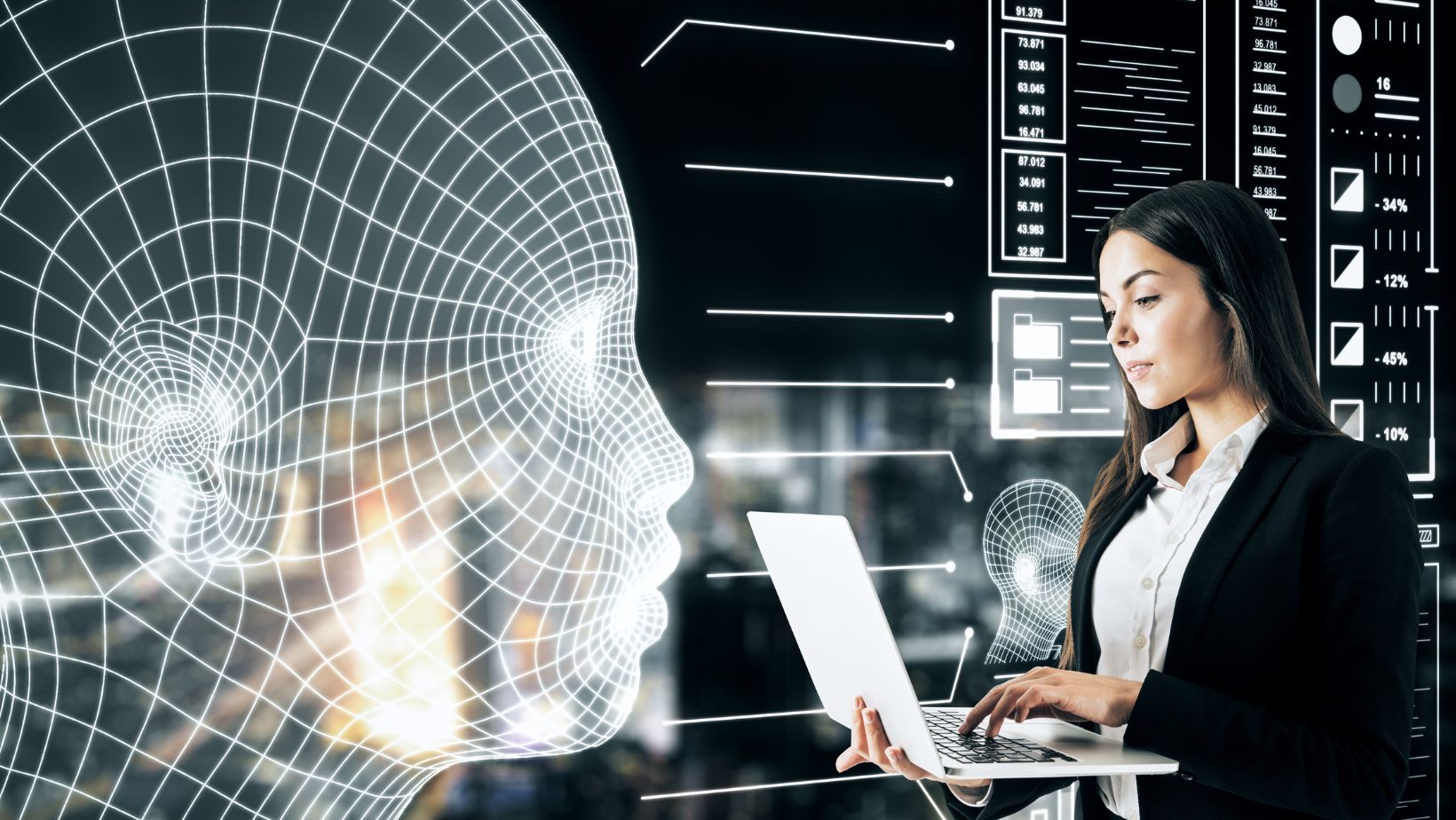On and off the field, markings are incredibly important to ensure that everyone knows where to go and stays on their side of things. While road markings are crucial for ensuring safety, guiding traffic, and optimizing road usage, field markings are important for ensuring that your favorite football team doesn’t get called out for being offside.
Thanks to the capabilities of Artificial Intelligence technology (AI), traditional road and field marking services are undergoing a significant transformation. The integration of AI offers unprecedented precision, efficiency, and reliability.
In this article, we will explore the various ways in which companies, like this field panting company, are leveraging AI to revolutionize field and road marking services and the benefits it brings to both transport and sporting industries.
Automated Marking Systems
One of the most notable advancements in both field and road marking services is the development of automated systems powered by AI algorithms.
These systems utilize computer vision technology to detect and analyze existing markings in real time, enabling automated painting or repainting of lines. Roads, symbols, and signage can also be painted or repainted using AI.
By leveraging AI-powered cameras mounted on vehicles or drones, these systems can accurately identify existing markings, assess their condition, and determine the optimal placement and alignment for new markings. This automated approach eliminates the need for manual measurement and marking, reducing labor costs, minimizing human error, and enhancing overall efficiency.
Predictive Maintenance and Quality Assurance
AI technology helps improve the maintenance and quality assurance processes of the equipment. Predictive maintenance algorithms analyze data from sensors embedded in equipment to anticipate potential failures and schedule proactive maintenance activities.
Moreover, AI-powered quality assurance systems can assess the quality and durability of road or field markings by analyzing images captured by cameras or drones. These systems can detect imperfections, such as uneven lines or fading paint, and flag areas that require touch-up or repainting.

By proactively identifying and addressing maintenance issues, AI helps prolong the lifespan of markings and ensure optimal visibility for players and drivers. This is particularly useful in road markings, as visibility plays an important role in ensuring safety on the road.
Placement and Design
AI algorithms are also being used to optimize the placement and design of markings based on various factors. In the case of road markings, things like traffic flow, road conditions, and safety requirements would be taken into account. By analyzing traffic patterns, historical accident data, and environmental factors, AI can recommend the most effective placement and configuration of road markings to enhance traffic flow and safety.
Furthermore, AI-powered design tools enable engineers and planners to generate optimal marking layouts quickly and accurately. In field marking, specific layout dimensions can be adjusted on-site, meaning that, if necessary, a field can be resized just before a game. Meanwhile, in road marking, the tools will take into account factors such as lane width, curvature, and visibility requirements to create road marking designs that maximize safety and efficiency.
Real-time Monitoring and Data Analysis
Another key application of AI in marking services is real-time monitoring and data analysis. AI-powered systems can continuously monitor markings using cameras or sensors and provide real-time feedback on their condition and visibility.
Moreover, AI algorithms can analyze data collected from marking inspections to identify trends, patterns, and areas for improvement. By leveraging machine learning techniques, these systems can learn from past data to predict future maintenance needs and optimize marking operations over time.
Benefits of AI Integration in Road Marking Services
The integration of AI technology offers several benefits to marketing services and the transportation and sporting industries:
- Improved accuracy and precision: AI-powered systems can achieve higher levels of accuracy and precision in marking placement and design. This leads to safer and more efficient roadways or increased accuracy on the sports field.
- Increased efficiency: Automated road marking systems reduce the time and labor required for marking operations, resulting in faster project completion and reduced costs.
- Enhanced safety: AI-powered quality assurance systems help ensure that markings meet safety standards and remain visible under various conditions, reducing the risk of accidents.
- Predictive maintenance: By predicting equipment failures and maintenance needs, AI helps minimize downtime and prolong the lifespan of marking equipment, ultimately reducing maintenance costs.
- Data-driven decision-making: AI-enabled data analysis provides valuable insights into marking performance and trends. This is particularly useful in road marking as it allows transportation agencies to make informed decisions and optimize operations.

The integration of AI technology is transforming marking services in both the transportation and sporting industries, offering unprecedented levels of accuracy, efficiency, and reliability. From automated marking systems to predictive maintenance algorithms and real-time monitoring tools, AI is revolutionizing every aspect of marking operations. All leading to safer, smarter, and more accurate infrastructure.


